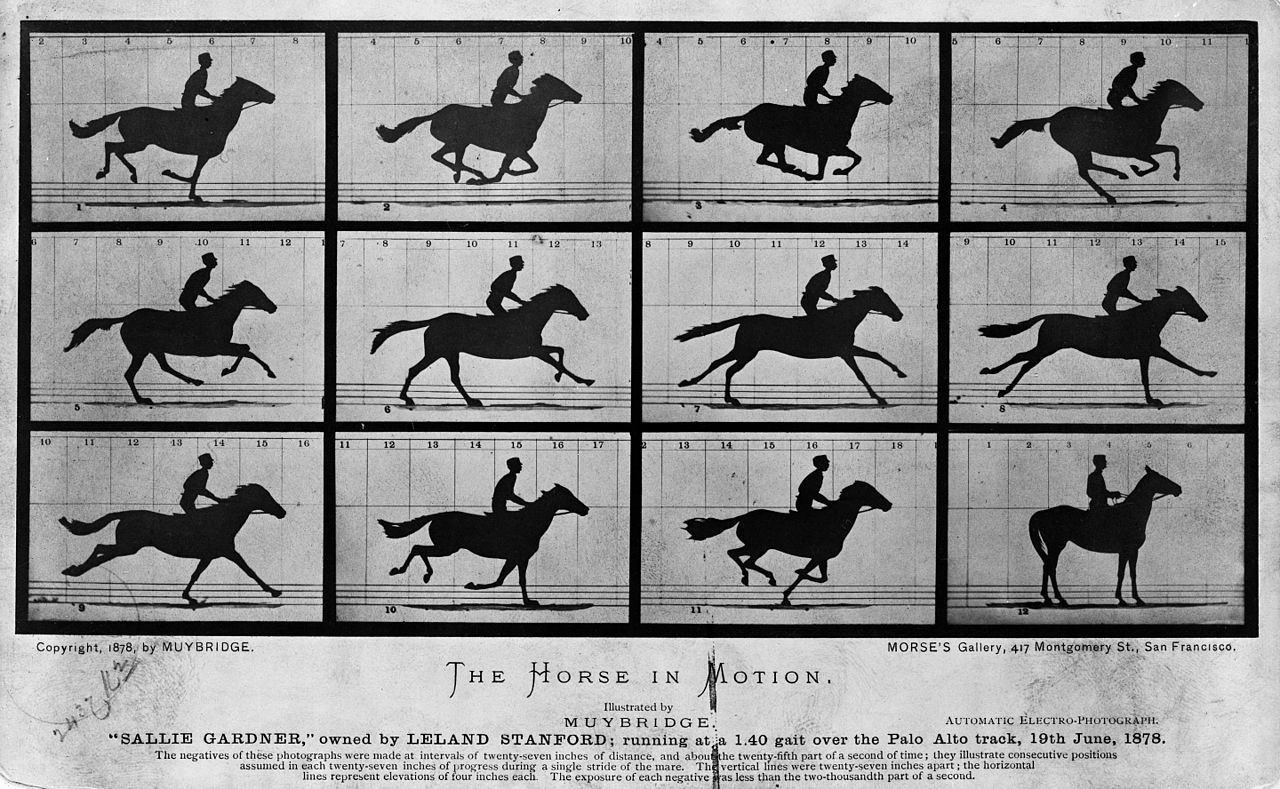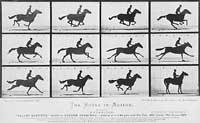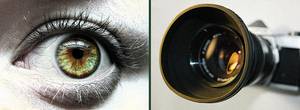The illusion of movement
2020/05/04 Roa Zubia, Guillermo - Elhuyar Zientzia
The cinema has some magic. So it is said. This magic of cinema is, at least, in two aspects: One in the story of a story, of course, and another in the technical part. Why do we see images, movement, if we know they are still photos one after the other? The television also works like this. And all the videos. It must be said that in the history of cinema, it has been investigated from the beginning how this magic occurs, how it is possible to collect a succession of photos from the eyes and that we see the movement in those images.

In fact, there is a related story, a story that can be told perfectly in the same film.
Perform the test. Find on the Internet how this magic occurs and in many places they will explain that the retina of our eye keeps an image for a tenth of a second (that is, 10 images per second), and that each image stays there until a next image occupies its place. And the end of the exhibition is that the mixture of these images allows us to see the movement from photos that are static in themselves.
It is a very nice but totally wrong explanation, and there is the magic of this story. This explanation we loved, liked and valued positively for years, but it is not correct. It is given for good, although it is shown that the explanation was erroneous. The retina does not save the images for a tenth of a second. In addition, we have talked about retina, but we have not mentioned the brain. And the brain is the one that works the most. Magic occurs in the brain and in the optic nerve.
I studied this with Bego Vicaria, he is an animator, professor of fine arts at the University of the Basque Country and someone I admire a lot. He told me that our brain works, not collecting complete images constantly, but seeing the changes from one image to another.
Something similar does the H264 code in our usual videos on the internet. Instead of saving an entire image in string, it encodes the change from one image to another, and our player interprets the succession of that change by creating a movie. For the brain does something similar. It is much more complicated, because the image we capture is processed by neurons, we treat it with natural intelligence, but at the base that is what happens. That's magic. The magic of cinema.
What have I learned with all this? For the beauty of a theory does not give correction to the theory. It will be nice, but it can also be wrong, although we are delighted with the explanation. Many times the same thing happens. I do not know if that is magic or not.

Gai honi buruzko eduki gehiago
Elhuyarrek garatutako teknologia






